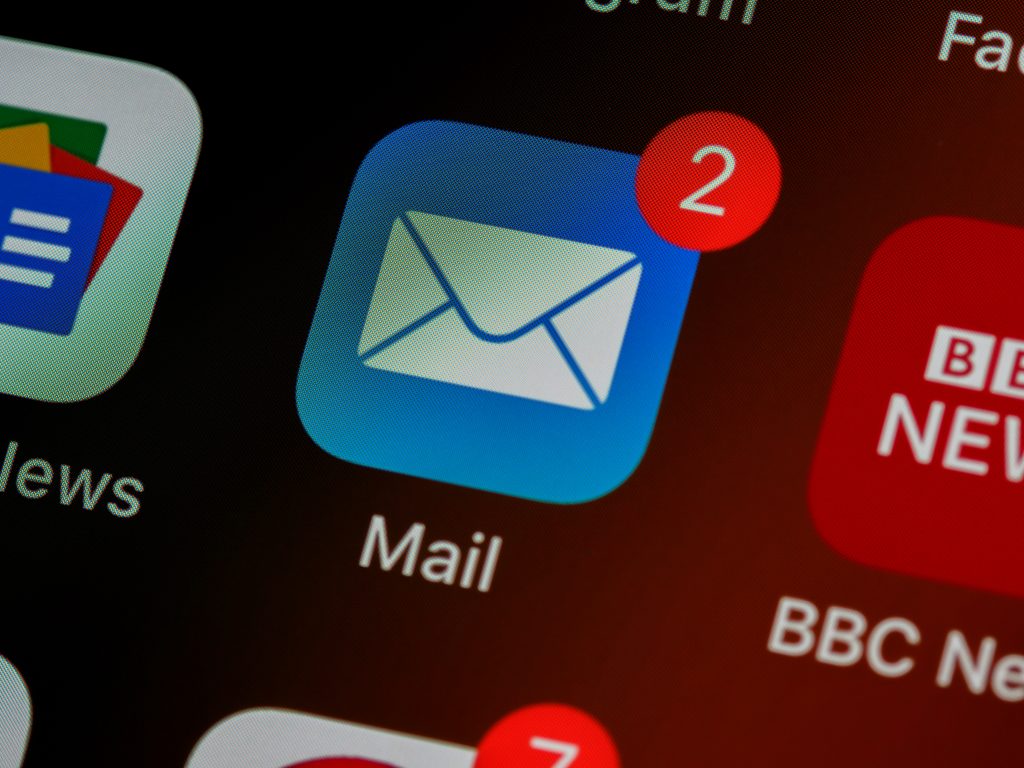5 Reasons Your Email Campaigns are Disappointing.
Let’s cut to the chase. The reason why your email campaigns aren’t working is because of one or more of the following five issues:
They’re not Relevant
They don’t hook directly into the things your target buyer cares most about, at that specific moment.
They’re not Relatable
They don’t connect with issues or events your buyer understands, has experience of, or is meaningful to them.
They’re not Enticing
They don’t offer obvious and attractive gains.
They’re Overcomplicated
They use language or concepts that are foreign to the reader.
They’re Verbose
They take too long to get to the point. Time your reader doesn’t have.
People are Programmed to Reject You.
Each of us makes 1,000s of decisions daily and most end in a no.
Our brains are efficiency machines and over time we have become adept at quickly rejecting anything that doesn’t offer personal interest or upsides.
It’s why over 90% of branded content is ignored, less than a fifth of sales and marketing emails are opened in the UK, and only around 4.4% of Google ads convert.
So, if our default setting is to say no. What do you need to do to trigger affirmative, mutually beneficial action?
Success Story.
We recently worked with a London-based, e-Bike initiative that was looking to attract FMCG brands to sponsor their companion mobile app.
The company pitched itself as a new platform for engaging consumers and a means to build positive brand equity.
Their messaging leaned into their green credentials, how the app worked, and the opportunity to be first to exploit this new channel.
However, gaining traction was tough and despite a lot of effort, they were struggling to generate interest.
Drawing on the lessons learned over two decades of successfully pitching journalists, we went to work on the email.
With the new email unleashed, things started to happen fast. In the weeks that followed the company enjoyed meetings with:
- A global footwear brand
- Two national newspapers
- One of the world’s largest fast-food brands
- A major high street bank
- A global furniture provider
- Two health food brands
- One of the Big 6 Oil companies
- A multinational consumer goods company
- A major supermarket chain.
I caught up with the business recently and found out they’d signed three brands and are building momentum with many more.
The Secrets of Success.
The first step was to move away from ‘the what‘ and ‘the how‘ of the service.
We then focused on 5 core elements.
Relatability
It was lockdown and London had come to a standstill. People were stuck at home and social engagement was close to zero.
We talked about helping to get London moving again. We talked about doing it in a safe, socially distanced, and healthy way.
Relevance
Because we were targeting heads of sustainability, we highlighted the environmental upsides of the project and e-bikes in particular.
Seduction
By highlighting Prime Minister, Boris Johnson’s love of cycling, we connected it to the interests of a highly influential person, we felt that brands would want to align with.
Clarity
We then broke the opportunity and the benefits down into short bullet points.
Encapsulation
The entire email (excluding the bullets) was four lines long.
How to Achieve Engagement, Interest, and Action.
The formula for high impact sales emails is relatively straightforward.
You set the relevant and relatable context upfront, quickly and clearly establish the value to your audience, and then give evidence that builds both credibility and trust.
The hard bit is having the customer insight at your fingertips that enables you to put the formula into action.
It means seeing your business from their perspective.
You must understand who they are, what they want, and why they want it.
Then you must demonstrate how you hook into each of these factors and present a strong argument for the gains that you will enable them to achieve.
Finally bring it together in a story they can see themselves in and benefitting from.
Do that successfully and your customer will then invite you to talk more about the things you want to talk about. I.E. what you do and how you do it.
Ready to Take Your Emails to the Next Level?
You can find out how to get this insight and convert it into compelling stories with our free guide: How to Tell Stories That Sell.
CLICK this Link to Download your Copy Today
Photo by Brett Jordan on Unsplash


4 Comments. Leave new
Good post. I learn something new and challenging on websites I stumbleupon everyday. Eolanda Donovan Tybald
Good day! I just want to give you a big thumbs up for your excellent info you have right here on this post. Yevette Tracy Rozamond
I blog often and I really appreciate your content. Ruthi Redd Lincoln
Very good blog article. Much thanks again. Want more. Sherie Reese Aleta